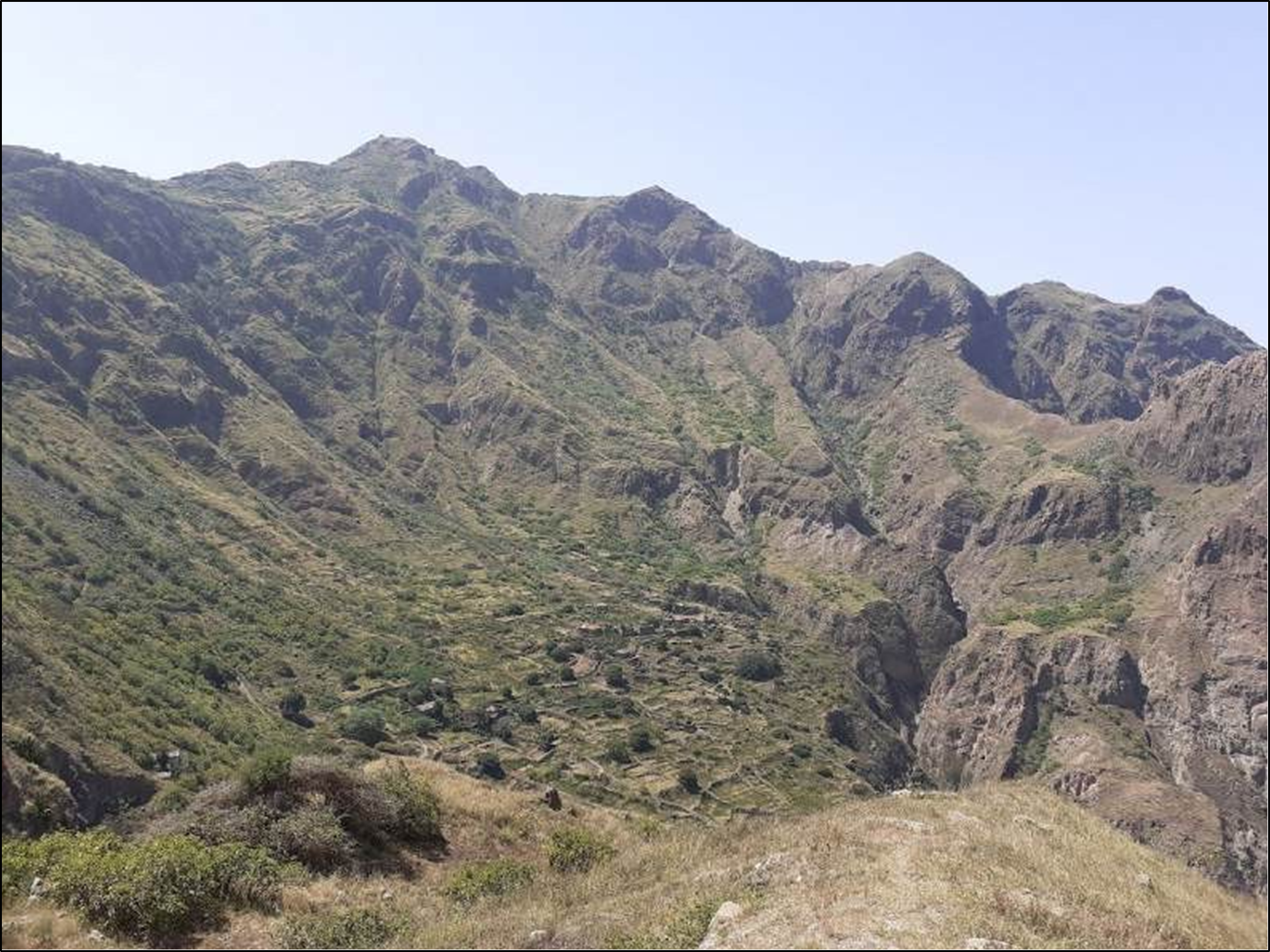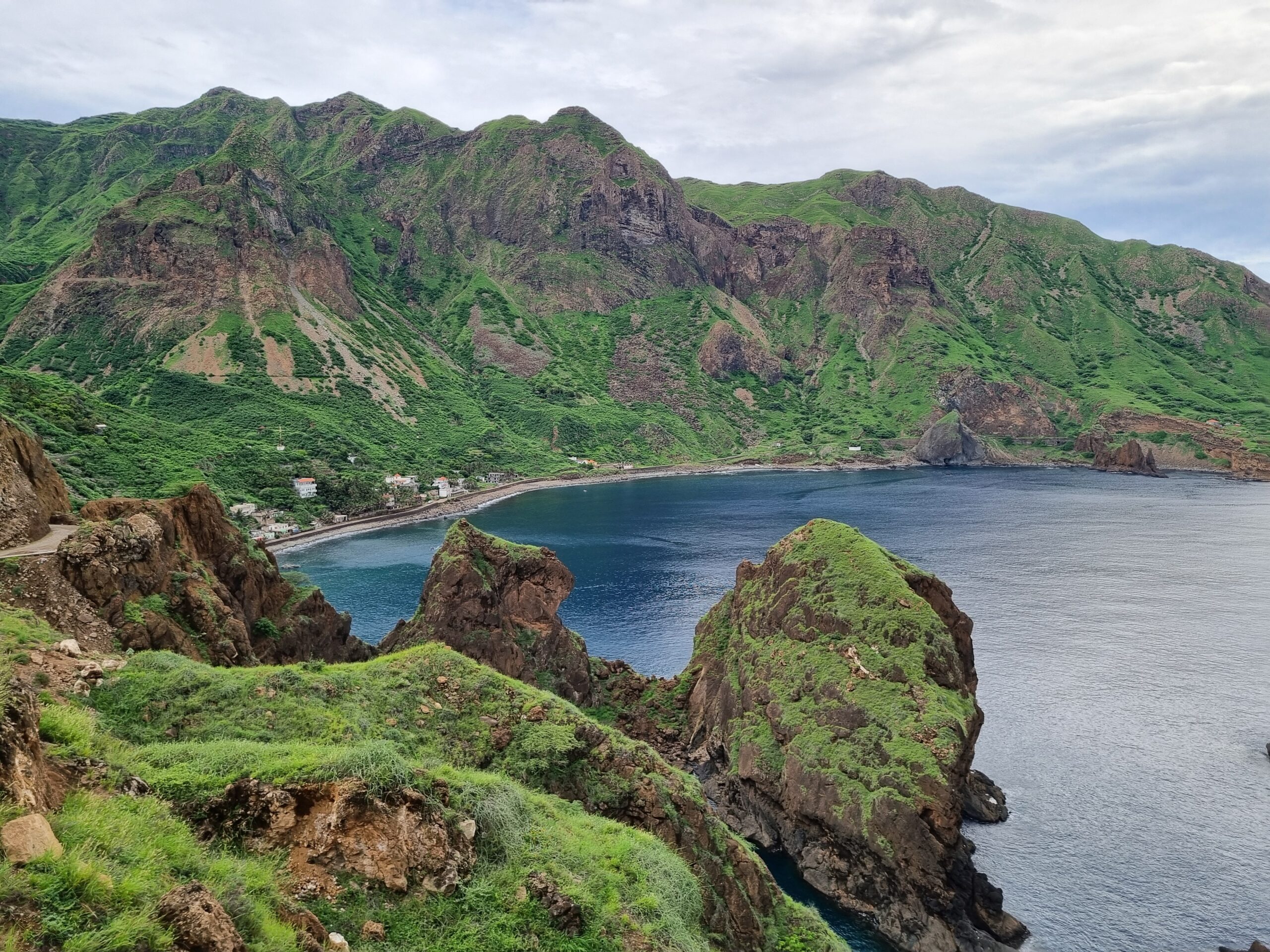Ecological Restoration of the Key Biodiversity Area of Ribeira de Fajã de Água
Context: The Ribeira de Fajã de Água is one of Brava’s most important ecological areas, recognized for its historical and cultural significance, high species richness, unique endemic flora, and critical ecosystem services. As a Key Biodiversity Area (KBA), it meets global criteria for sites that contribute significantly to the persistence of biodiversity, including threatened species and habitats. KBAs are identified based on scientific evidence to prioritize conservation efforts, guide sustainable land use, and support policy development.
In Brava, the Ribeira de Fajã de Água has been impacted by invasive species, land-use change, unsustainable grazing, and rural abandonment. These pressures threaten endemic species and undermine the ecosystem functions that sustain local agriculture and livelihoods.
Recognizing the importance of community stewardship, Biflores has proposed the Ribeira de Fajã de Água as a Community-Conserved Area (CCA) and a Traditional Agricultural Landscape (TAL). This approach seeks formal recognition of local, community-led conservation initiatives that integrate ecological protection with sustainable rural practices, strengthening both biodiversity conservation and community resilience.
Objectives
- Restore degraded habitats within the Ribeira de Fajã de Água KBA to support endemic and threatened species.
- Strengthen the ecological functions of the watershed to enhance water availability and soil fertility for agriculture.
- Support the formal recognition of the area as a Community-Conserved Area and Traditional Agricultural Landscape to empower local communities in land stewardship.
- Control and remove invasive plant species and reintroduce native flora.
- Promote sustainable land-use practices aligned with local traditions and ecological principles.
- Monitor biodiversity and ecosystem recovery to inform adaptive management and share lessons learned.
Expected Impact
- Restoration of native vegetation and habitats within the KBA.
- Improved ecological connectivity and resilience of the watershed.
- Strengthened local governance and capacity for community-led conservation.
- Enhanced ecosystem services for agriculture, including water regulation and soil fertility.
- Integration of biodiversity conservation with sustainable rural livelihoods.
- Recognition of the area as a CCA and TAL, providing a model for other rural communities in Cabo Verde.
Results
- Botanical inventories and development of monitoring protocols for flora, fauna, and ecosystem health.
- Removal of invasive species and replanting of native and endemic flora.
- Implementation of pilot projects demonstrating sustainable agricultural practices alongside conservation
- Workshops and capacity-building activities for local farmers and community leaders.
- Development of institutional frameworks to support formal recognition of the CCA and TAL.
- Strengthening partnerships with national and international organizations for technical expertise and knowledge exchange.
Past Support
- Darwin Initiative
- Fondation Franklinia
Current Support
- Critical Ecosystem Partnership Fund
- Ministry of Agriculture and the Environment





